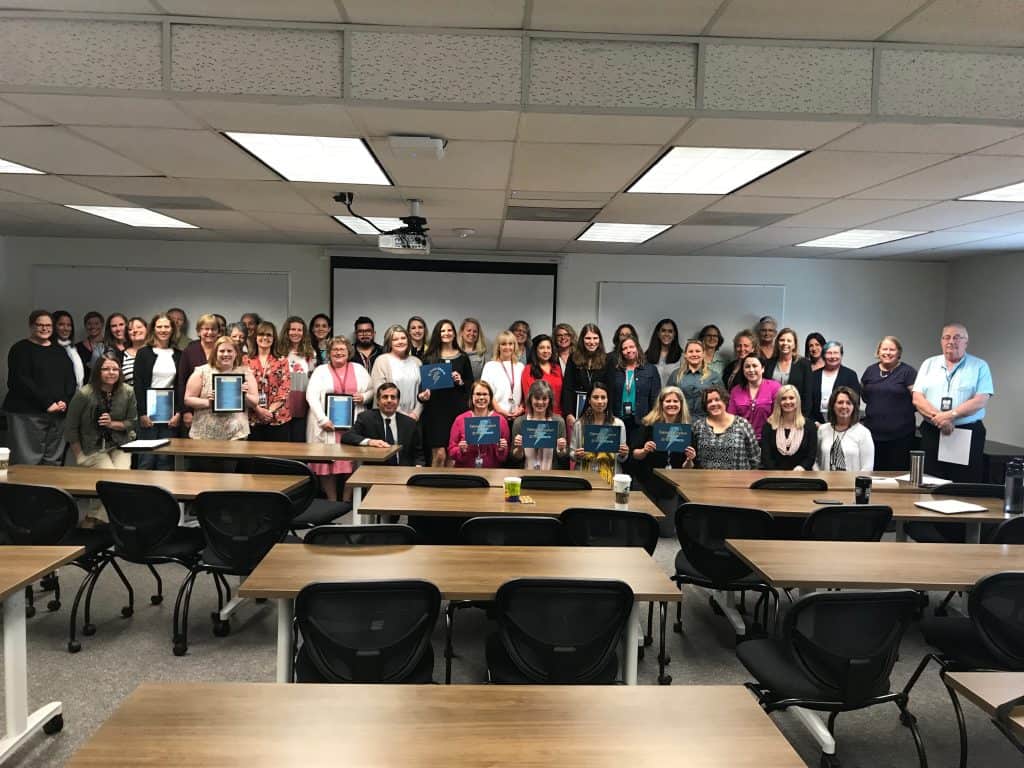Gifted children are students whose abilities, talents, or potential are so outstanding they require special provisions to meet their educational needs. These students are in the top 3-5% of their age group in their specific area(s) of giftedness. All gifted students in the St. Vrain Valley School District have an Advanced Learning Plan (ALP) that outlines accommodations. This plan is updated annually.
The National Association for Gifted Children says, “Gifted individuals are those who demonstrate outstanding levels of aptitude or competence in one or more domains.”
Hoagie’s Gifted Education Page defines gifted as:
What is giftedness? There is no universal definition. Some professionals define “gifted” as an intelligence test score above 130, two or more standard deviations above the norm, or the top 2.5%. Others define “gifted” based on scholastic achievement: a gifted child works 2 or more grade levels above his or her age. Still others see giftedness as prodigious accomplishment: adult-level work while chronologically a child. But these are far from the only definitions. Former U. S. Commissioner of Education Sidney P. Marland, Jr., in his August 1971 report to Congress, stated:
Gifted and talented children are those identified by professionally qualified persons who by virtue of outstanding abilities are capable of high performance. These are children who require differentiated educational programs and/or services beyond those normally provided by the regular school program in order to realize their contribution to self and society.
No Child Left Behind legislation created a new, achievement-based definition of giftedness, however it does not mandate that states use its definition:
The term “gifted and talented”, when used with respect to students, children, or youth, means students, children, or youth who give evidence of high achievement capability in areas such as intellectual, creative, artistic, or leadership capacity, or in specific academic fields, and who need services or activities not ordinarily provided by the school in order to fully develop those capabilities. (Title IX, Part A, Section 9101(22), p. 544)
A group of respected professionals in the field of gifted suggest a definition based on the gifted child’s differences from the norm:
“Giftedness is asynchronous development in which advanced cognitive abilities and heightened intensity combine to create inner experiences and awareness that are qualitatively different from the norm. This asynchrony increases with higher intellectual capacity. The uniqueness of the gifted renders them particularly vulnerable and requires modifications in parenting, teaching and counseling in order for them to develop optimally.” The Columbus Group, 1991,
Most definitions agree: gifted children are a population who have different educational needs, thanks to their unique intellectual development.

